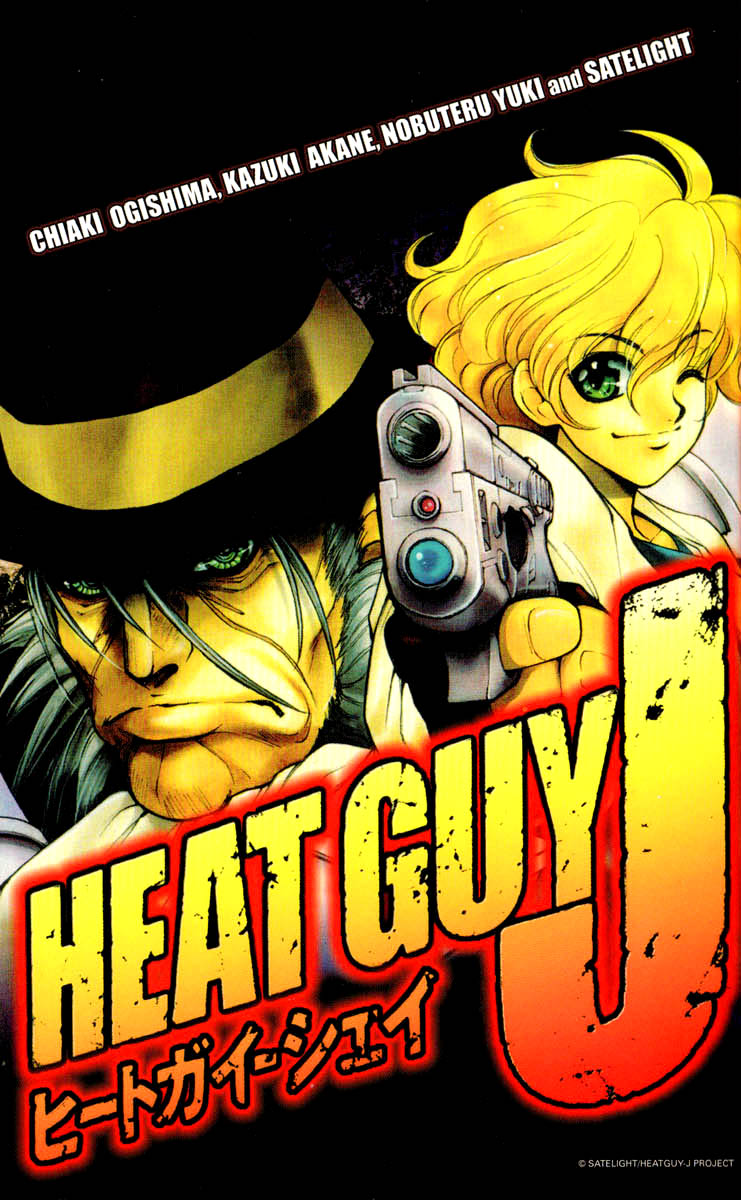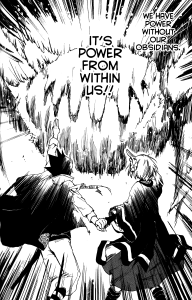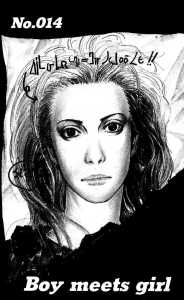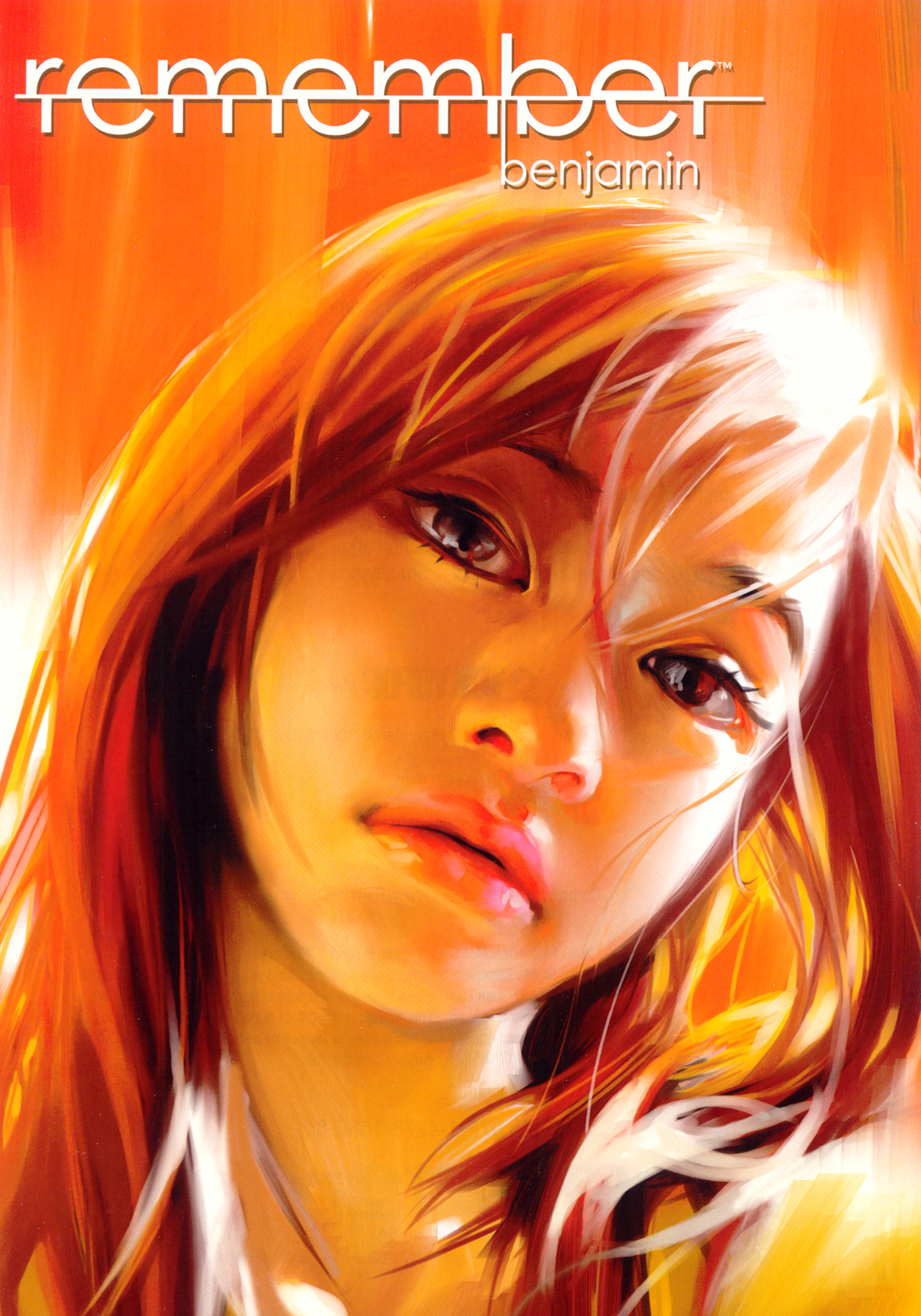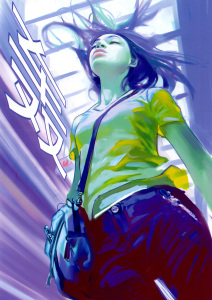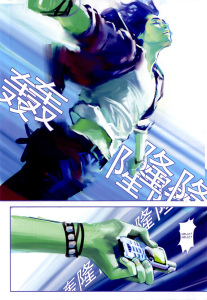I usually stay away from manga adapted from anime, figuring (usually rightly) that they’re cheap, poorly-made cash grab attempts. But I’d heard a lot about Heat Guy J, it was only 1 volume long and the summary seemed decent enough, so I figured, how bad can it be? And surprisingly enough it wasn’t bad at all. I wouldn’t have minded a second or third volume, in fact. The only, massive flaw was the excessive and unnecessary fanservice (when is fanservice ever necessary?) which wasted space that could have been better spent on character or story development.
From the back of the book: Daisuke Aurora works with the special division of peacekeepers in the city of Jewde, one of the largest cities on the planet. He and his android partner, Heat Guy J, team up to make sure that anything illegal stays off the streets and out of circulation.
However, their presence doesn’t sit too well with the local mob leader–a ruthless, unbalanced, well-armed son of the late Don, who is out to prove that he is not too young to take over the family business. In the city that never sleeps, will Daisuke and Heat Guy J end up sleeping with the fishes? The anime favorite as seen on MTV is now an action-packed manga!

Well… it is pretty action-packed, I guess. I rather liked the contrast between the girly character designs (apparently done by the character designer of Escaflowne) and the manly deeds of derring-do that take place within. The blurb is lying a bit, though: the son of the late Don doesn’t show up much and doesn’t do much when he does. They probably took the summary directly from the anime instead of from the manga itself.
As you may have guessed by now, I quite enjoyed Heat Guy J. I liked the Heat Guy android himself, and his interactions with his partner Daisuke are more father-and-son than typical cop-movie stuff, though there are the usual rescues of each other you normally expect from the genre. Each chapter contains a largely self-contained story that makes sense even without watching the anime. And while the setting and the incidents can be quite serious there’s also plenty of humor to lighten the deal, usually at the expense of team auditor Kyoko. Humor, action, nice art, buddy-buddy feel, it’s all good.
The only fly in the ointment, as I said, was the fanservice. Women in skimpy clothes come out of nowhere and prance around usually for no good purpose except to titillate easily-pleased readers. It’s one thing if it’s an ecchi manga to begin with. Or if a mangaka realizes his ratings are sliding and includes something to pull them back. But in my opinion Heat Guy J didn’t need to resort to that sort of cheap thrill, so it a bit of a shame that they included it.
Now then, to pick up the Heat Guy J anime or not? Sadly enough the back of the volume includes a ton of spoilers for future events and characters. That and Geneon, who licensed the anime, went belly-up several years ago. If I could find it cheap somewhere or get the chance to stream it legally I guess I would, but otherwise I won’t go out of my way to pursue the issue. It was good, but not that good.
